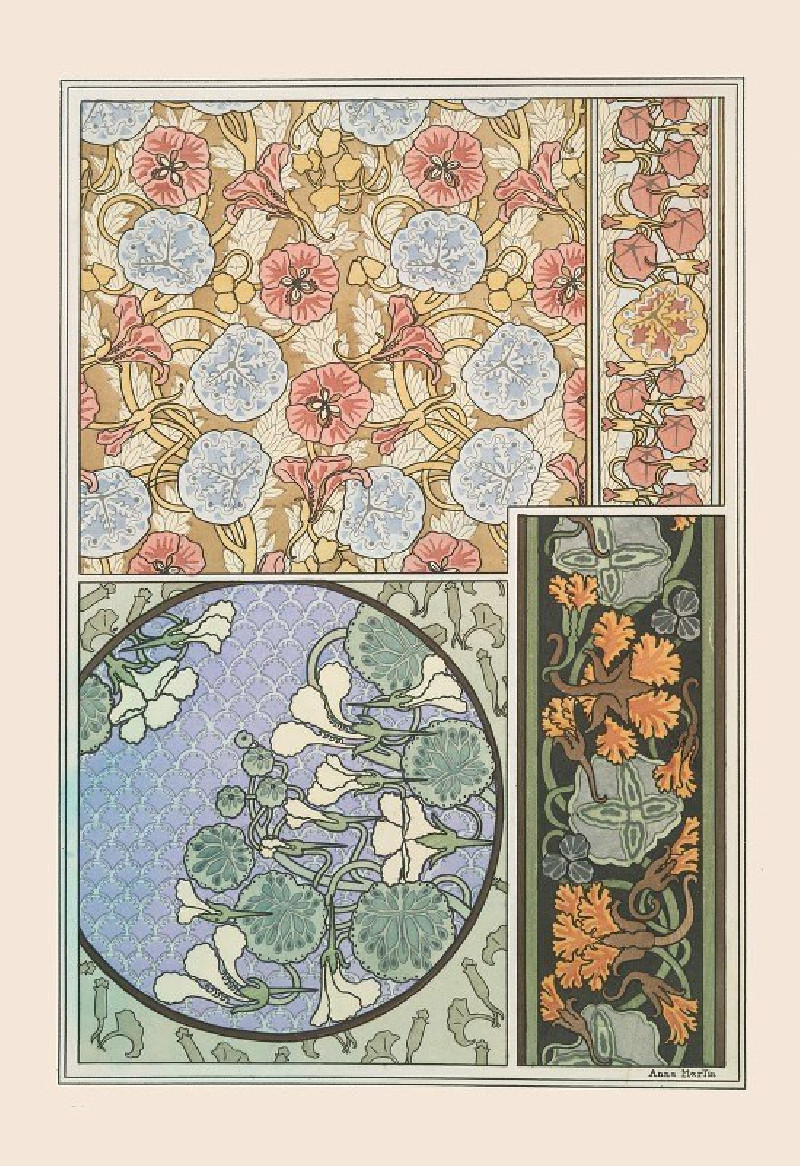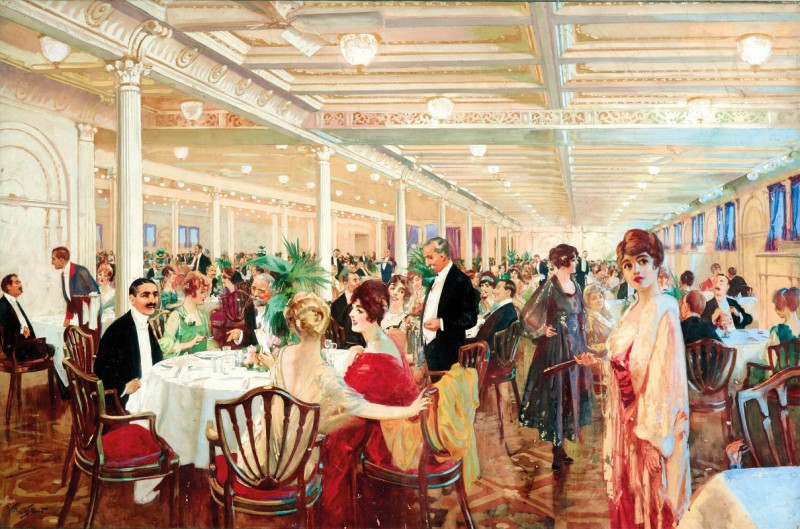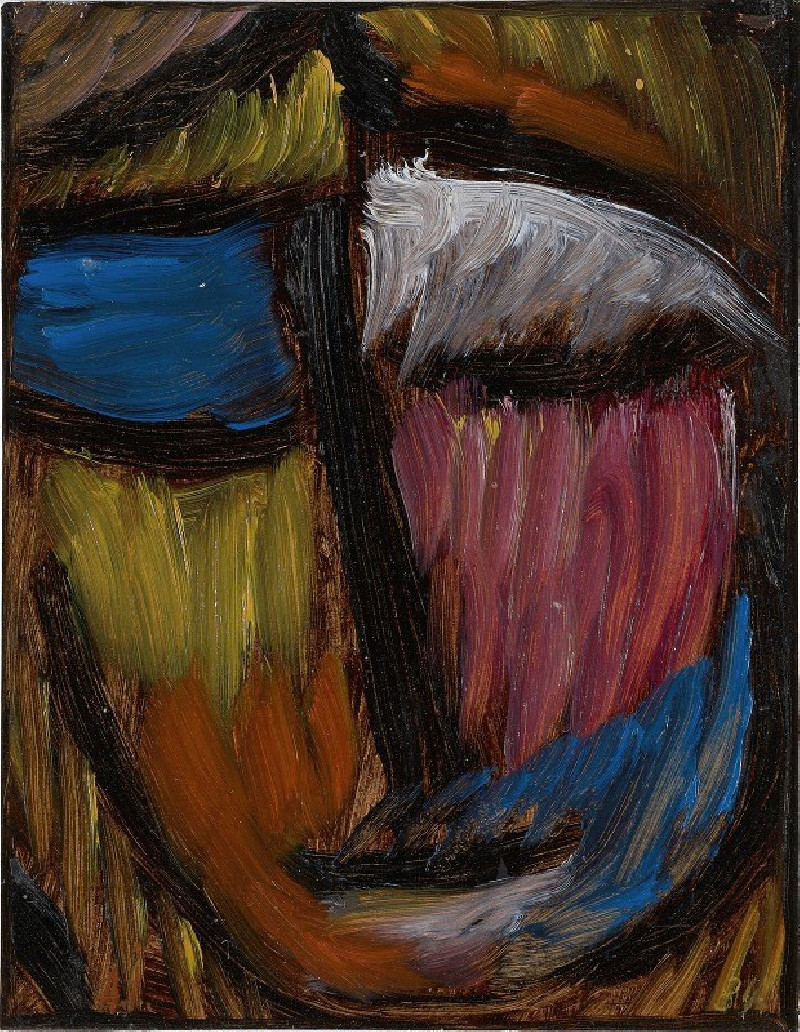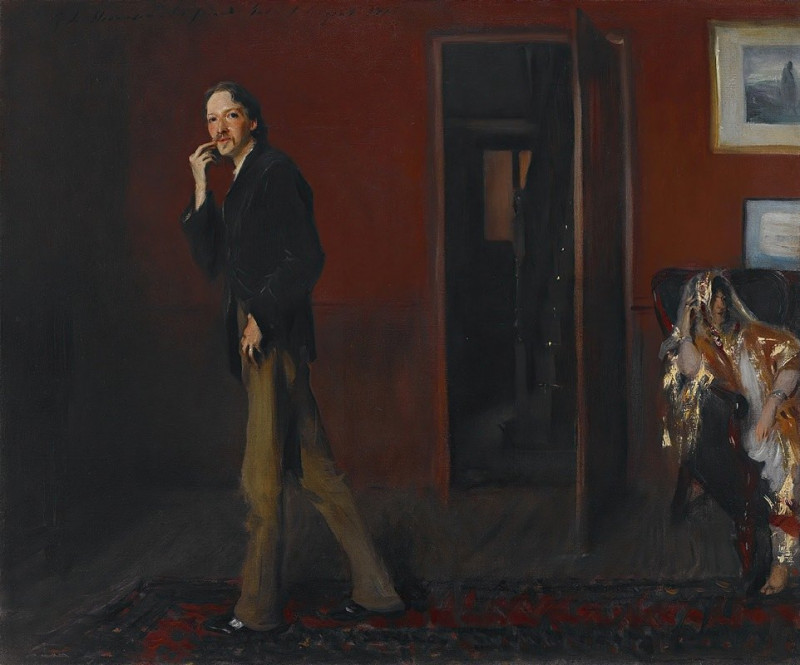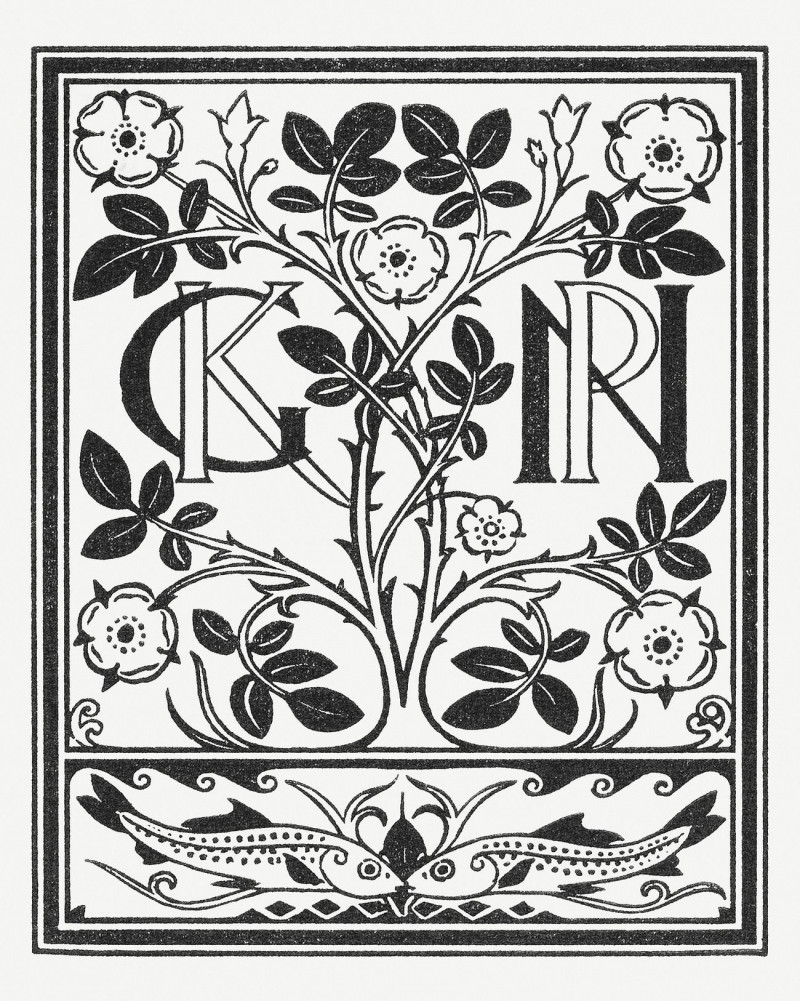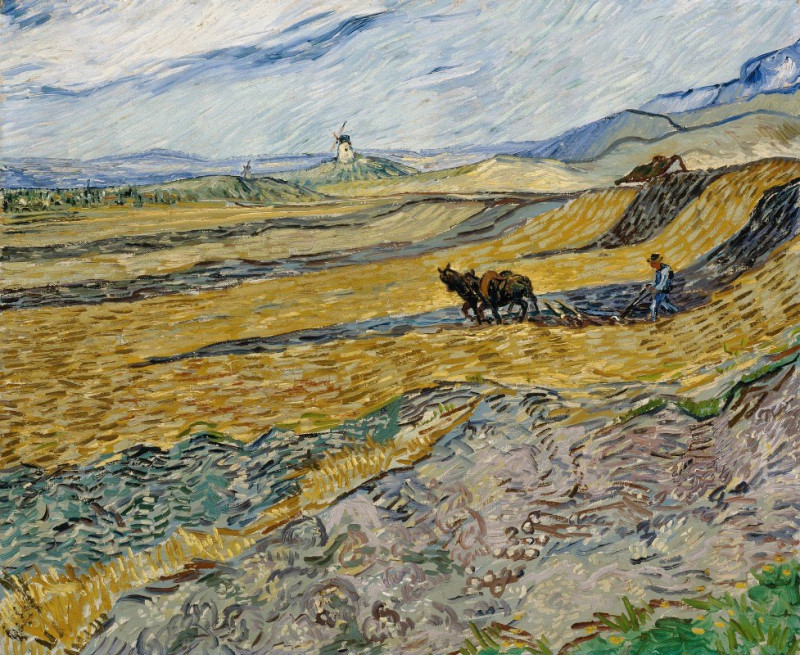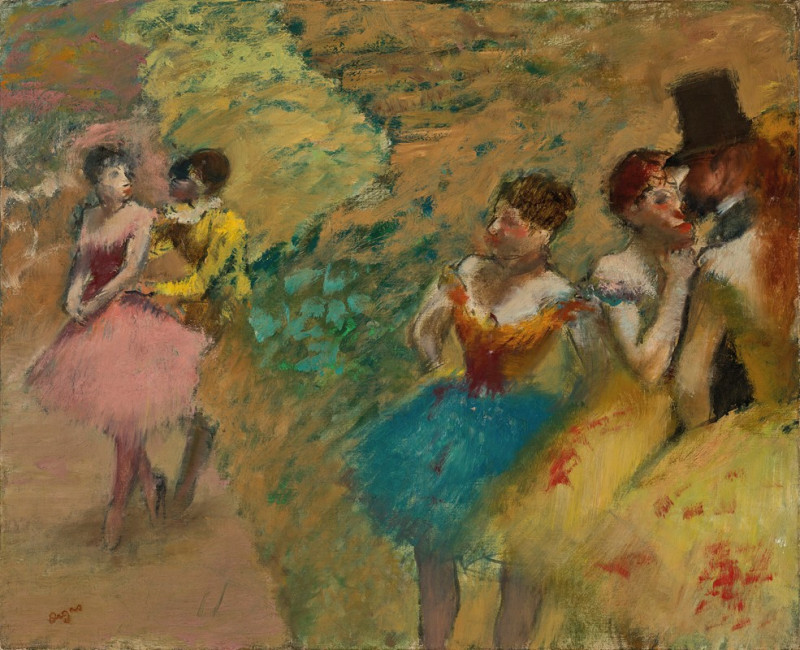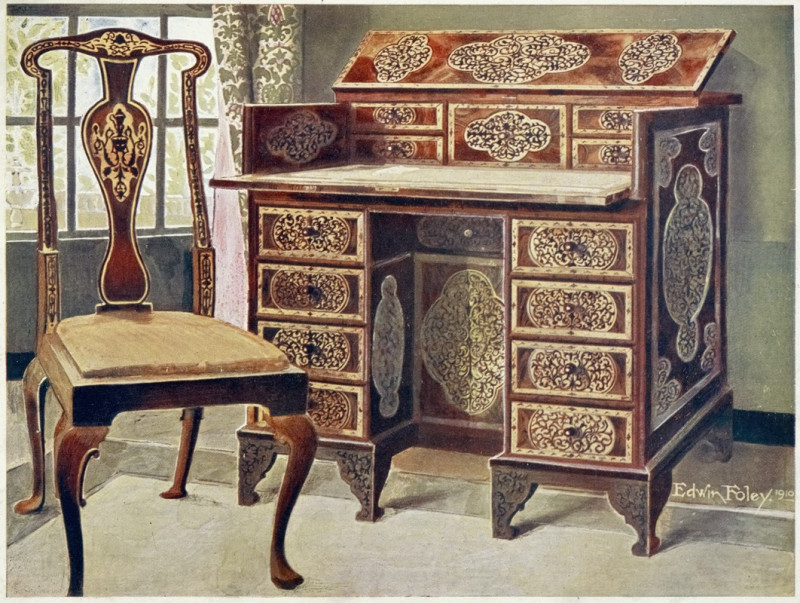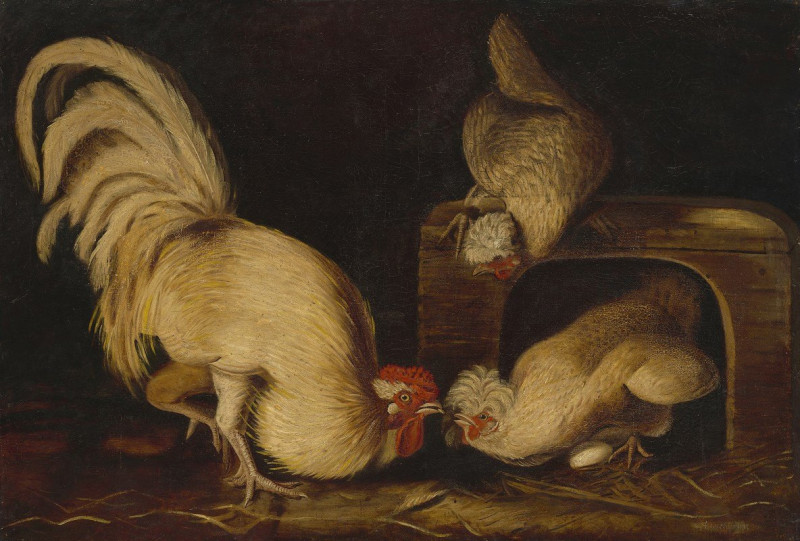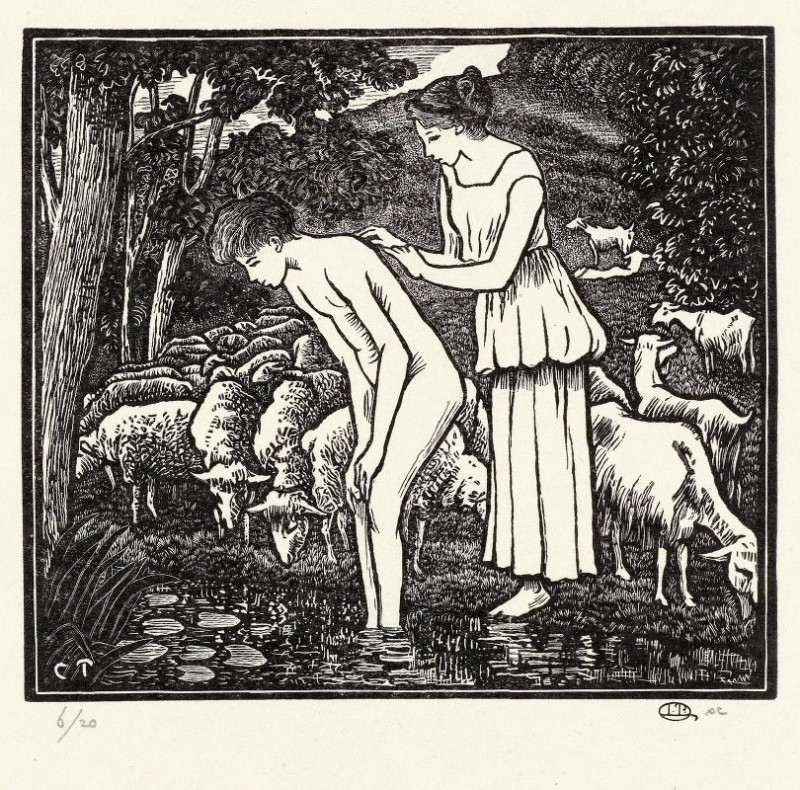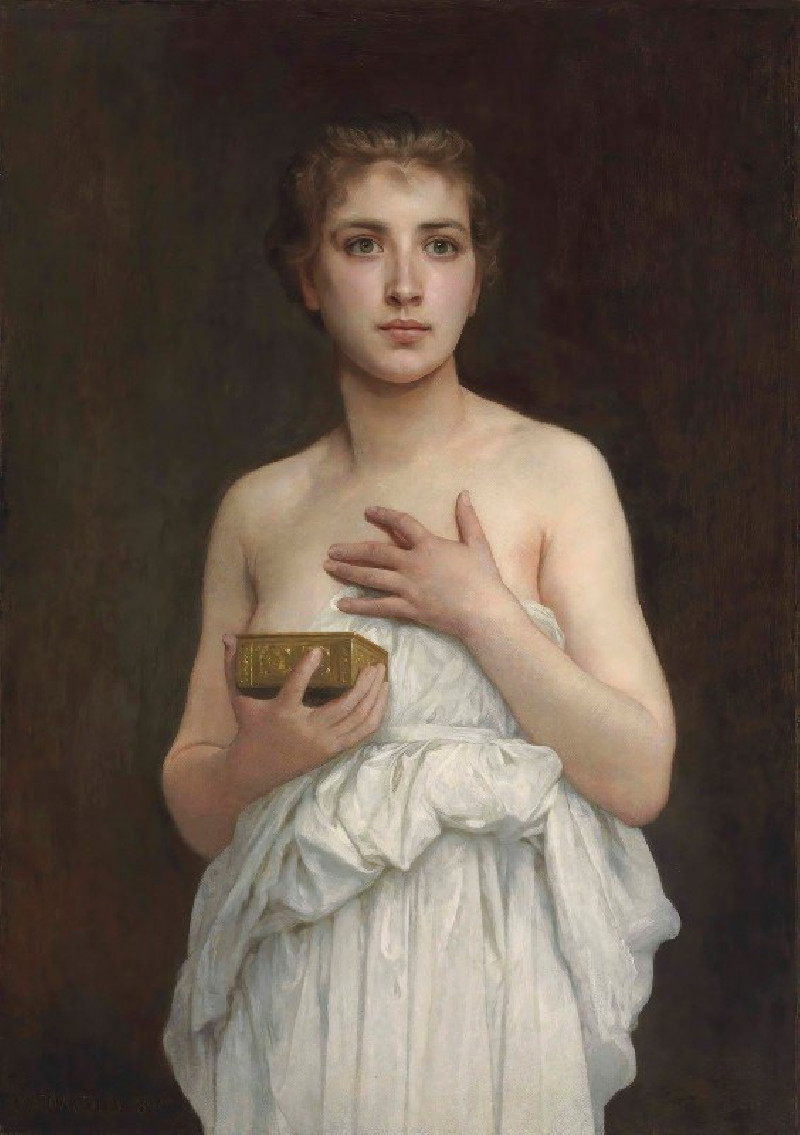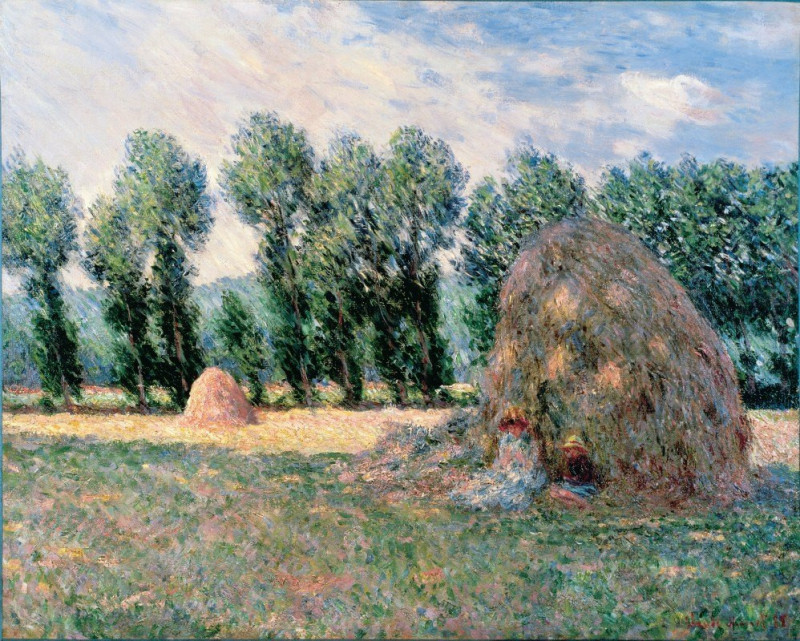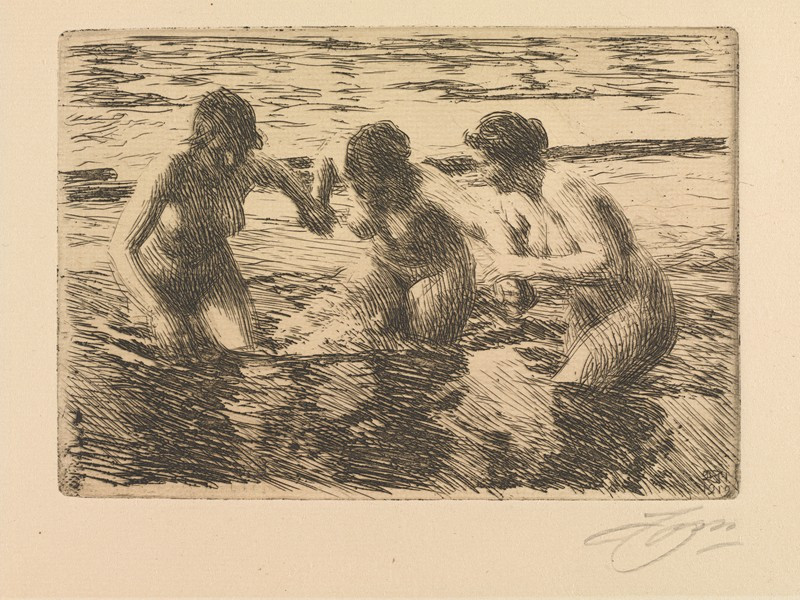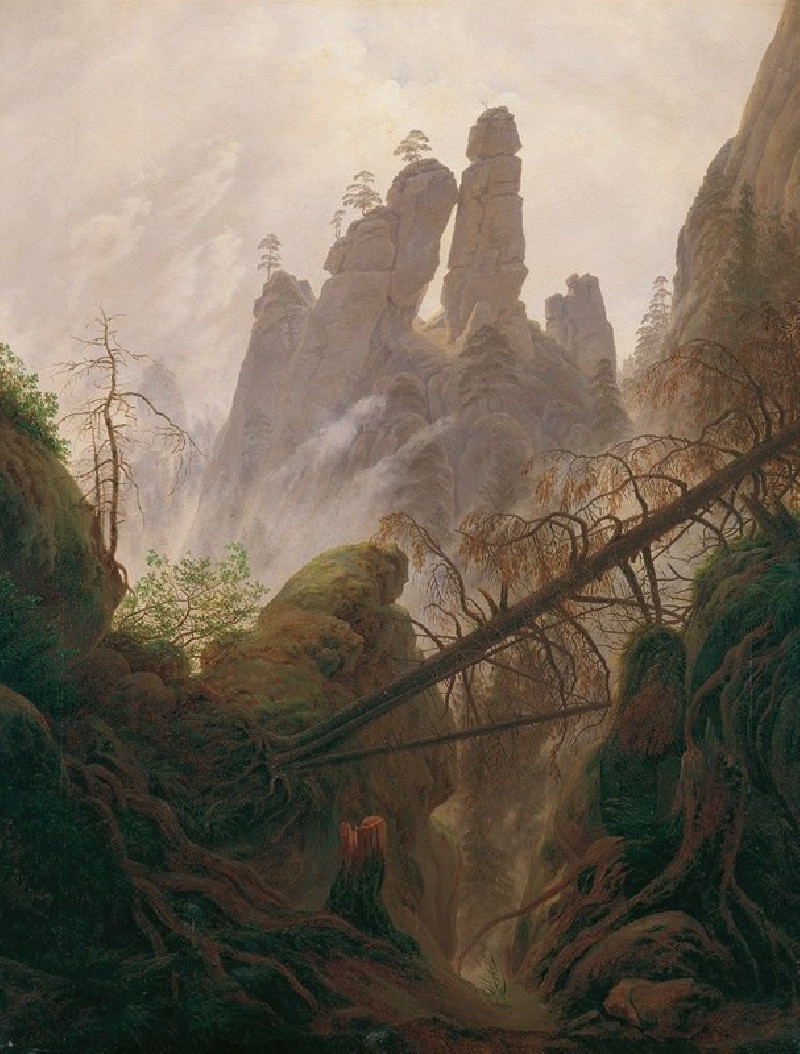Te Pape Nave Nave (Delectable Waters) (1898)
Technique: Giclée quality print
Recommended by our customers
More about this artwork
"Te Pape Nave Nave" (Delectable Waters) is a captivating painting by the French post-Impressionist artist Paul Gauguin, completed in 1898 during his second stay in Tahiti. This work vividly displays Gauguin’s unique style and his fascination with Tahitian landscape and culture.The painting features a lush, tropical scene filled with vibrant colors and symbolic imagery. Dominating the foreground is a nude Tahitian woman standing confidently, with a subtle yet enigmatic expression. She is adorned with a delicate necklace, which along with her stance, positions her as a central figure of serene grace and beauty.Surrounding her are three other figures, each depicted with distinct poses and expressions that suggest contemplation and a relaxed demeanor congenial to their tranquil environment. To the left, a figure crouches in an attitude of movement, possibly interacting with the natural surroundings, while to the right, two individuals seated close together seem engaged in quiet conversation.The backdrop features a statue-like figure that appears almost spirit-like, introducing a mystical aura to the scene. Gauguin often infused his works with symbolic elements drawn from various cultures, and here, the blue figure may represent spiritual or mythical aspects of Tahitian folklore.The setting is lush and verdant, with hints of fiery tones in the earth and water elements, and thick foliage that frames the composition. This integration of human figures with the vibrant natural world exemplifies Gauguin’s post-impressionistic approach, characterized by bold colors, abstract forms, and thematic complexity."Te Pape Nave Nave" not only showcases Gauguin’s masterful blend of natural and mystical elements but also beautifully captures the essence of Tahitian life, as he perceived it, filled with mystical calm and earthly beauty.
Delivery
Returns
Eugène Henri Paul Gauguin was a French Post-Impressionist artist. Unappreciated until after his death, Gauguin is now recognized for his experimental use of color and Synthetist style that were distinct from Impressionism. Toward the end of his life, he spent ten years in French Polynesia. The paintings from this time depict people or landscapes from that region.

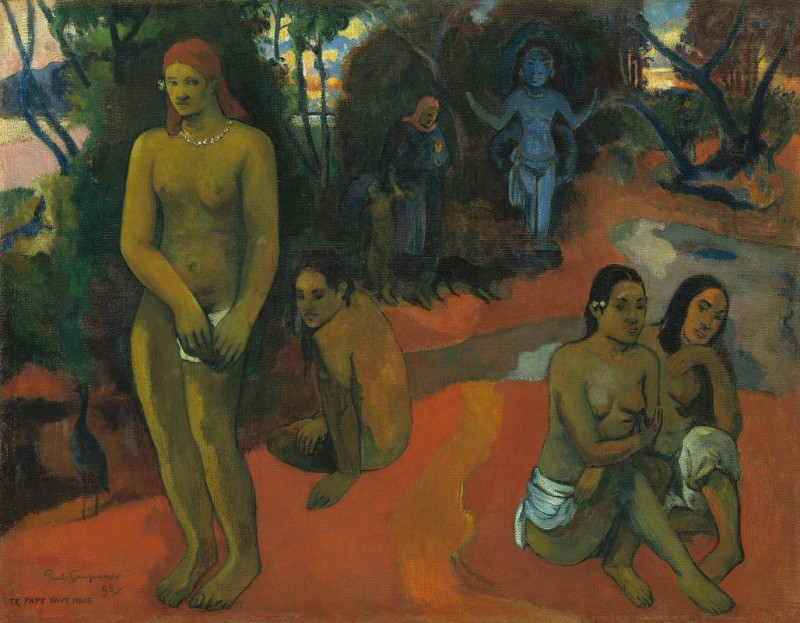
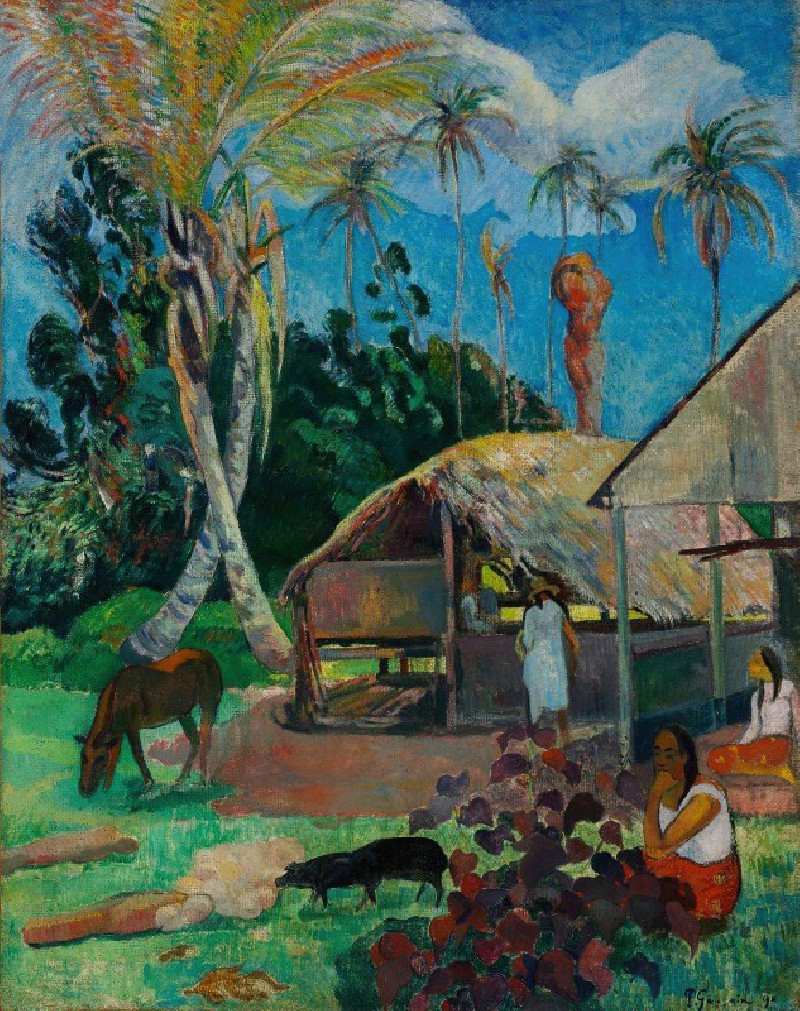
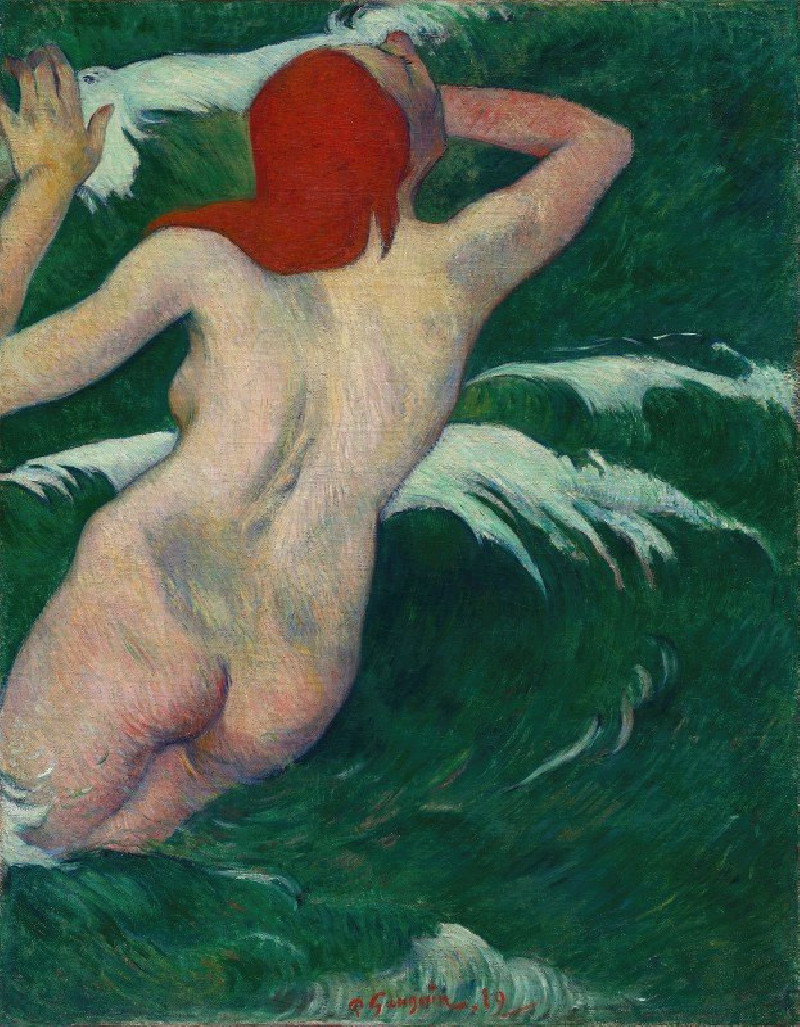
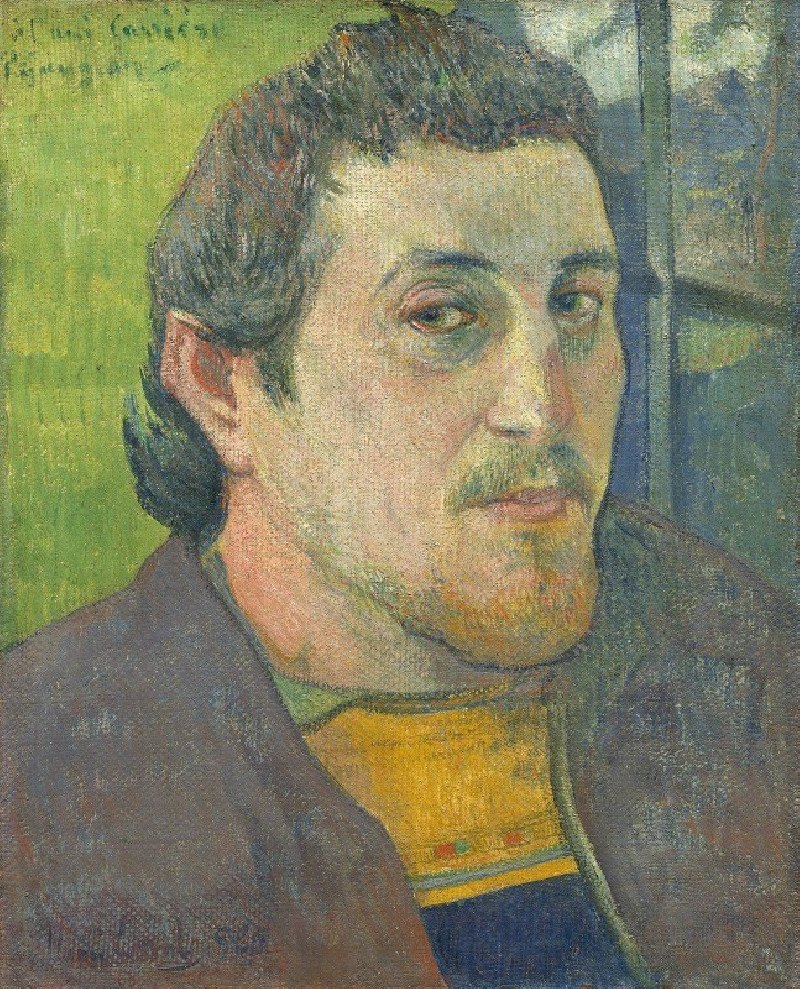
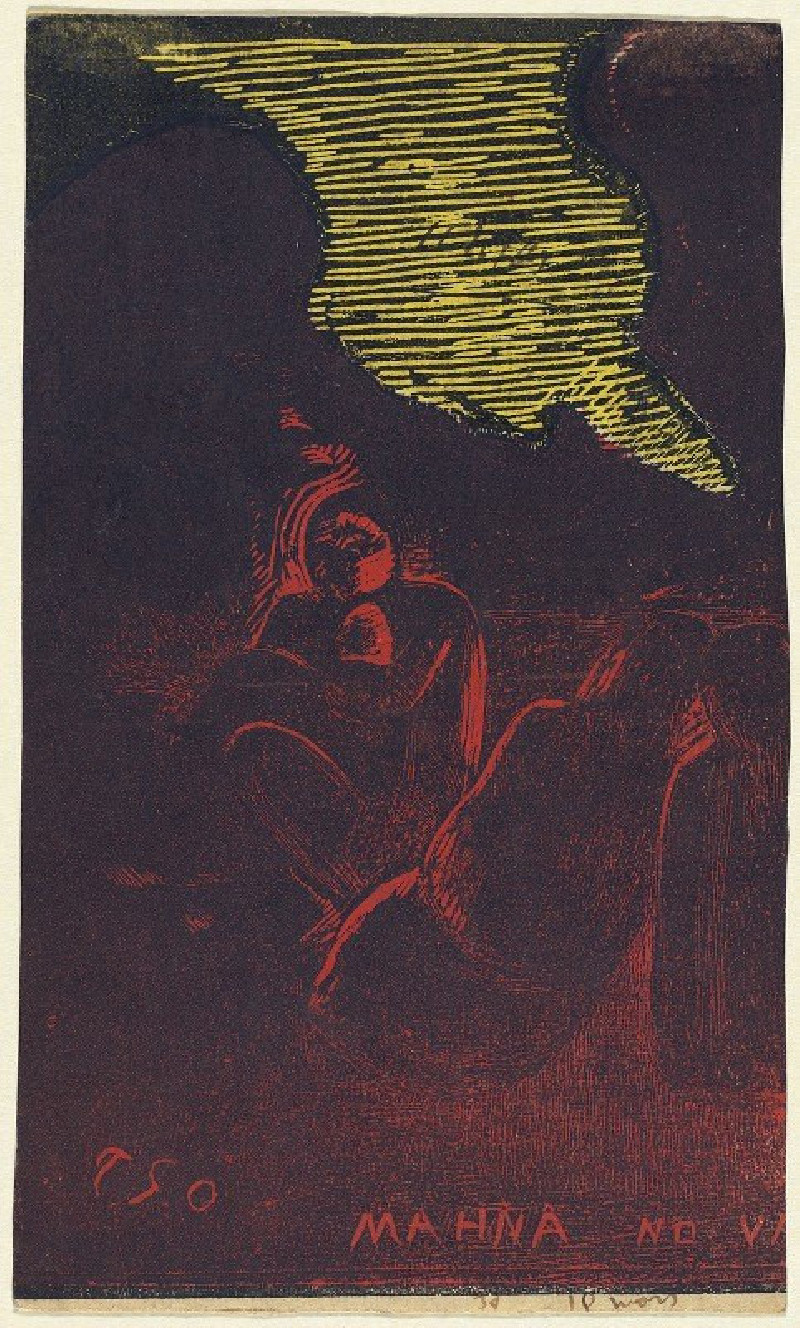
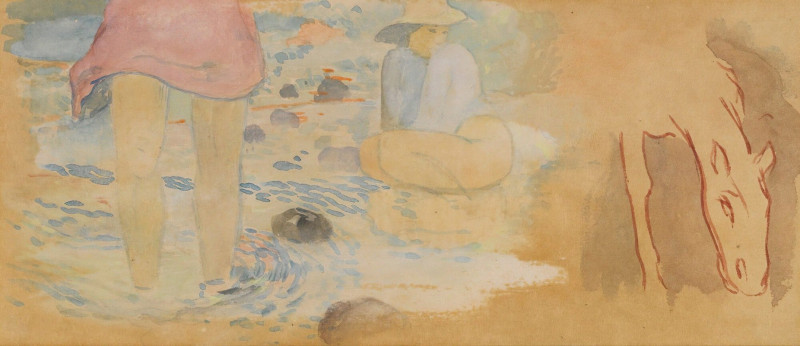
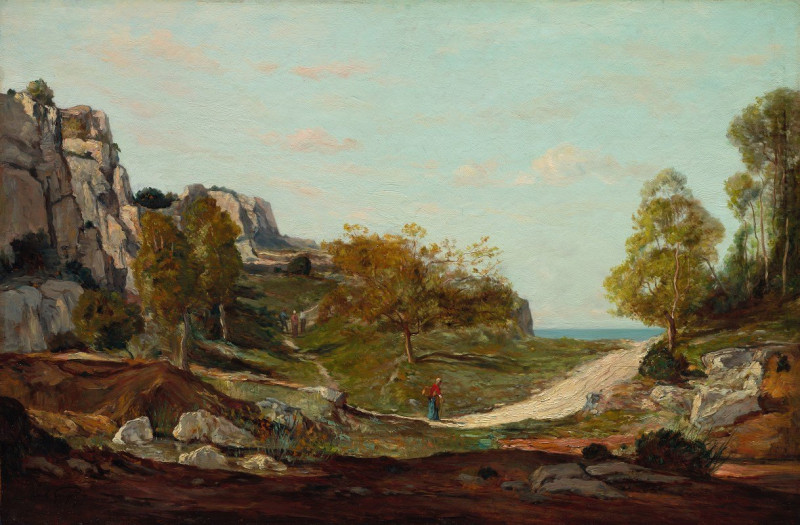
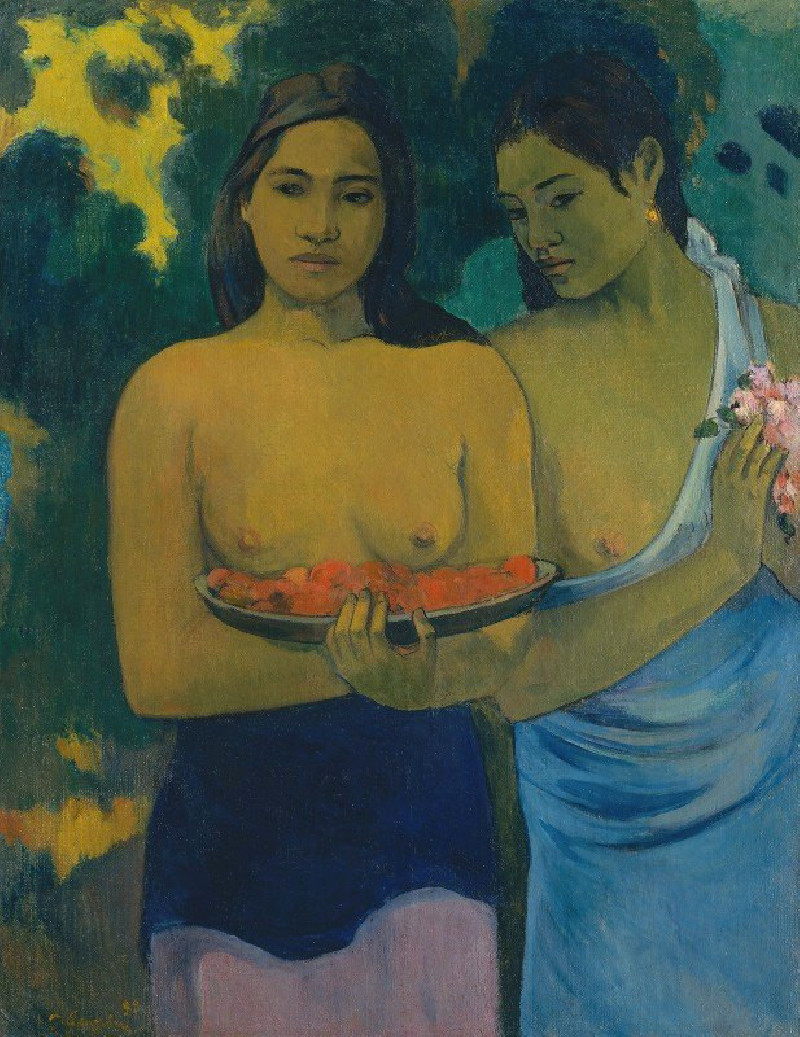
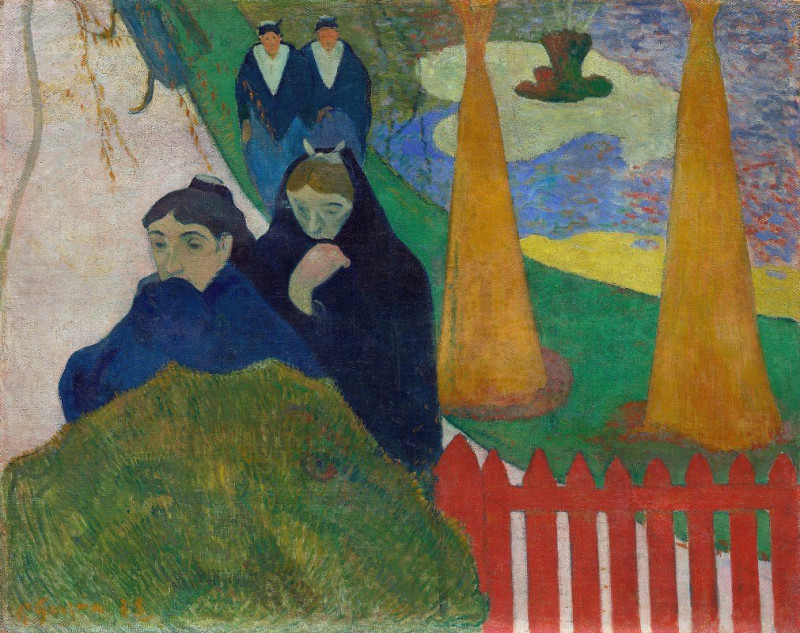
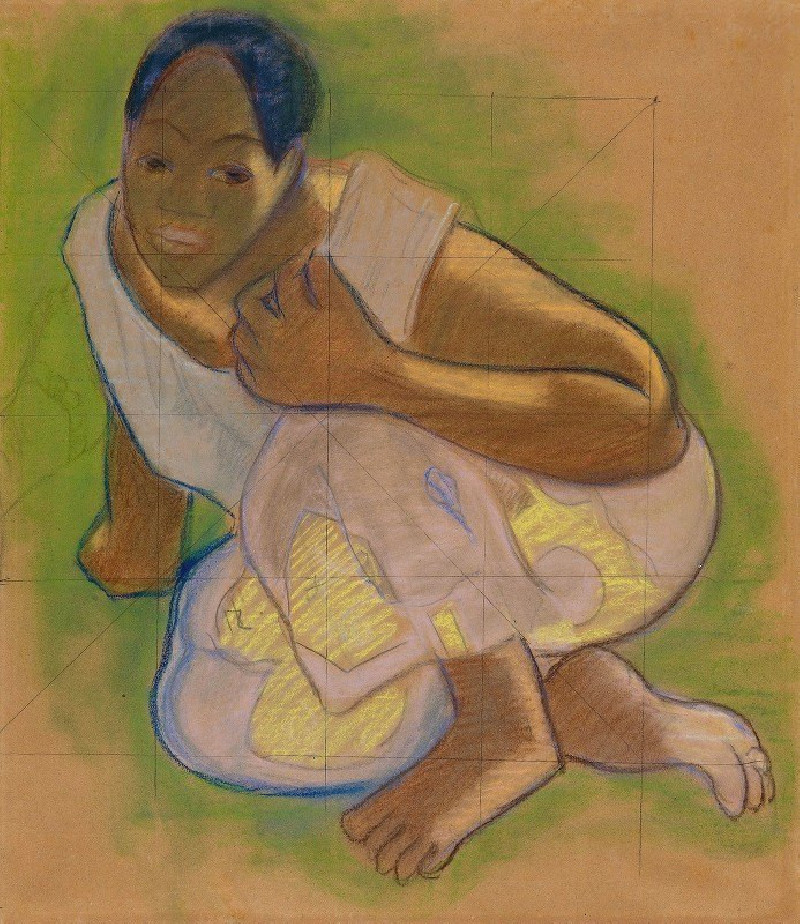

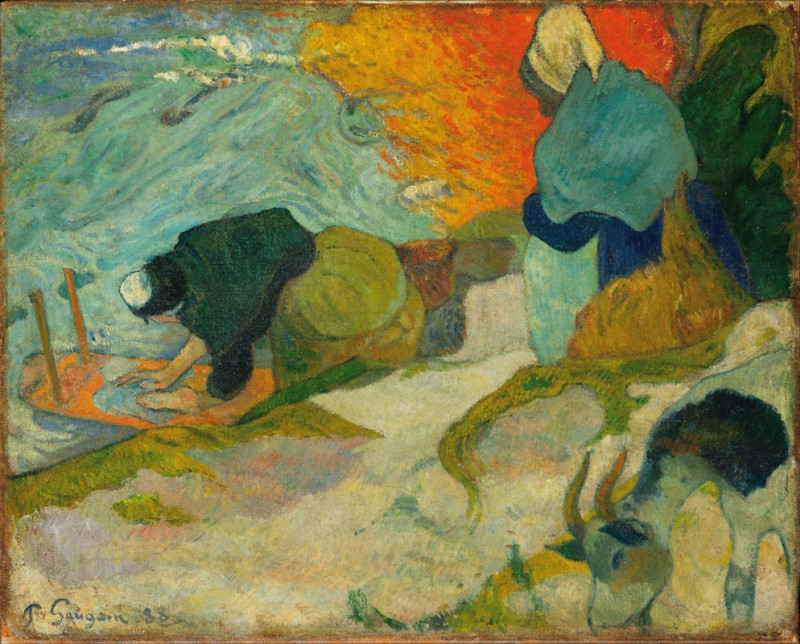
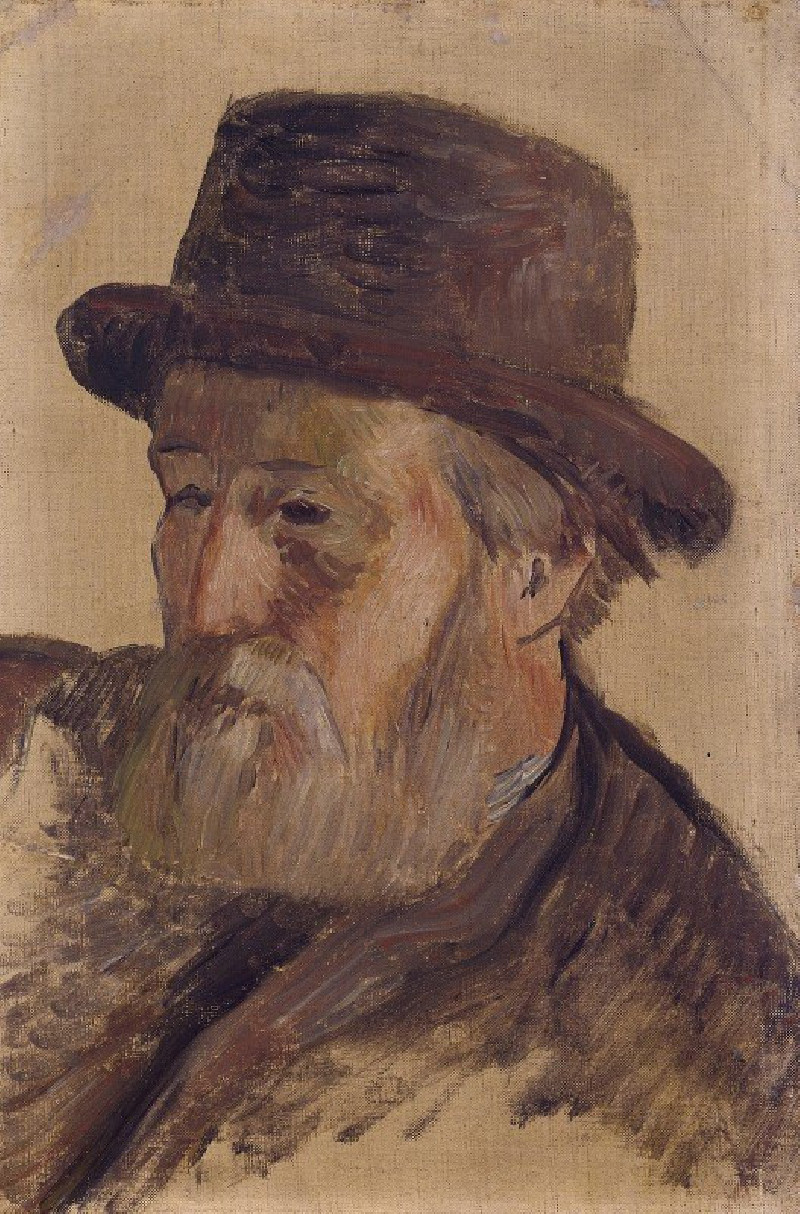
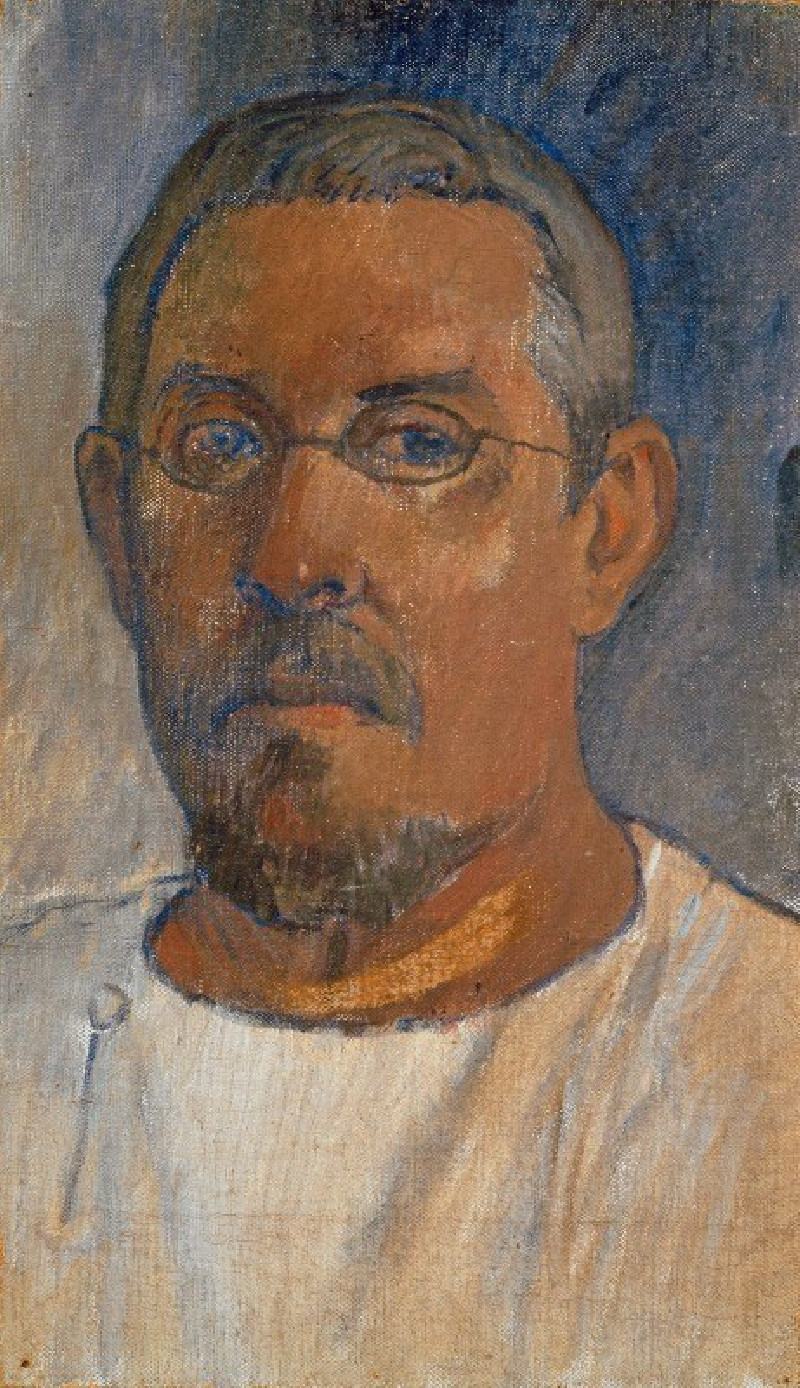

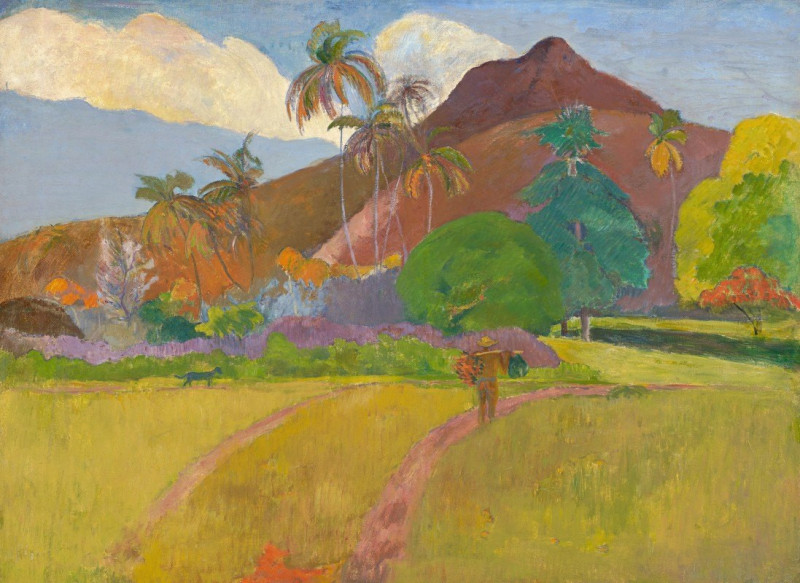
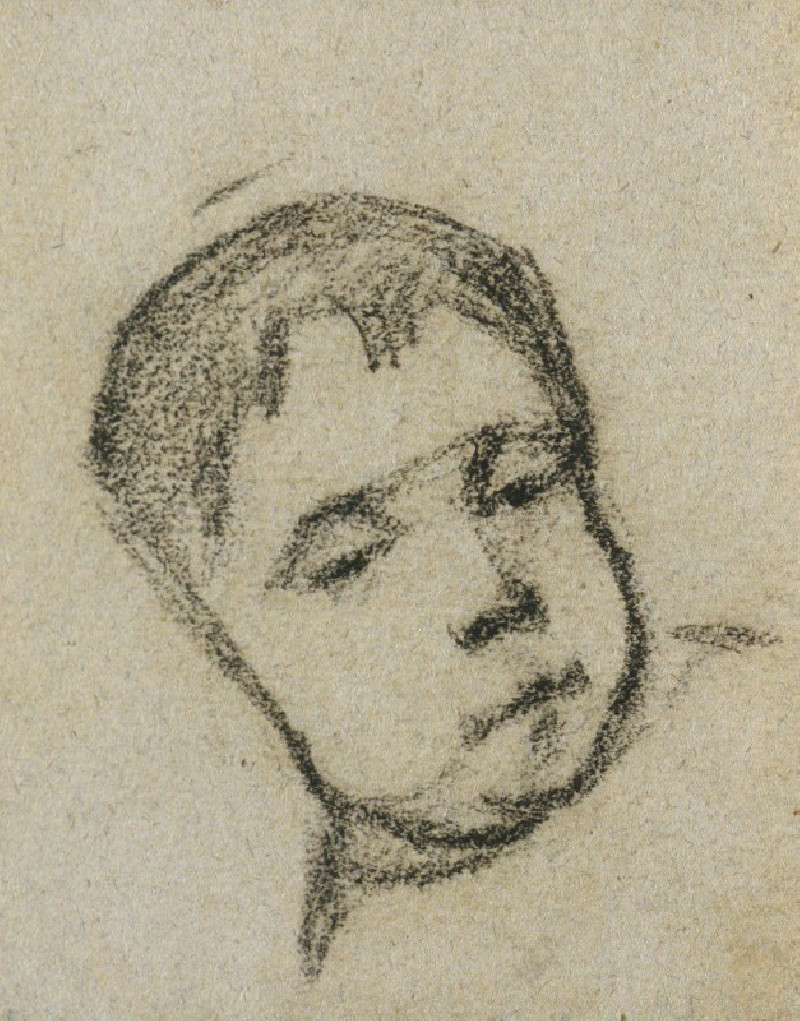

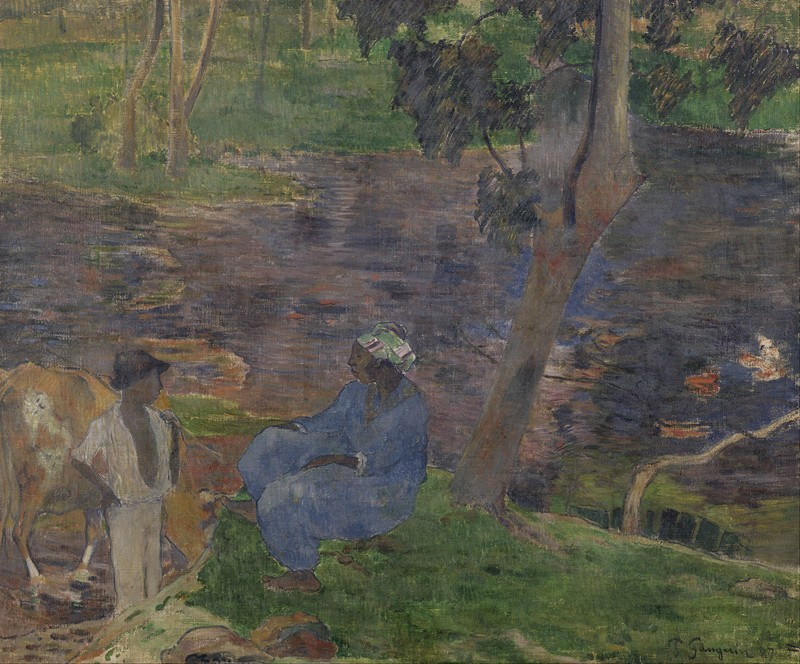

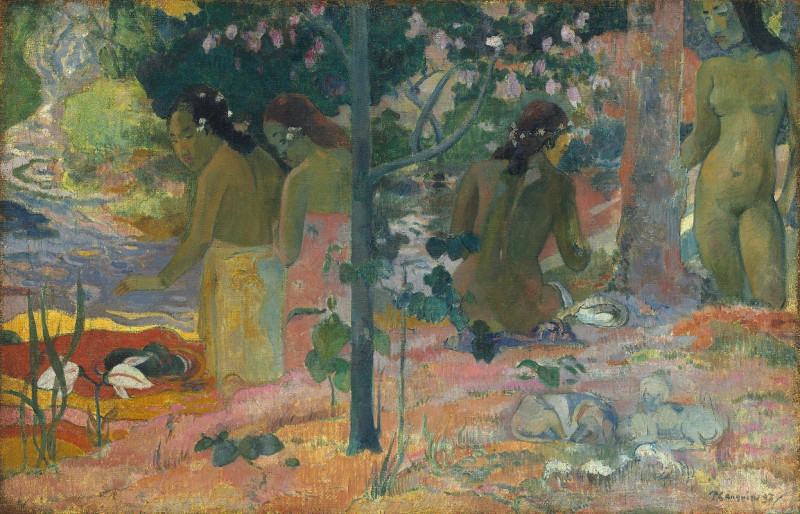


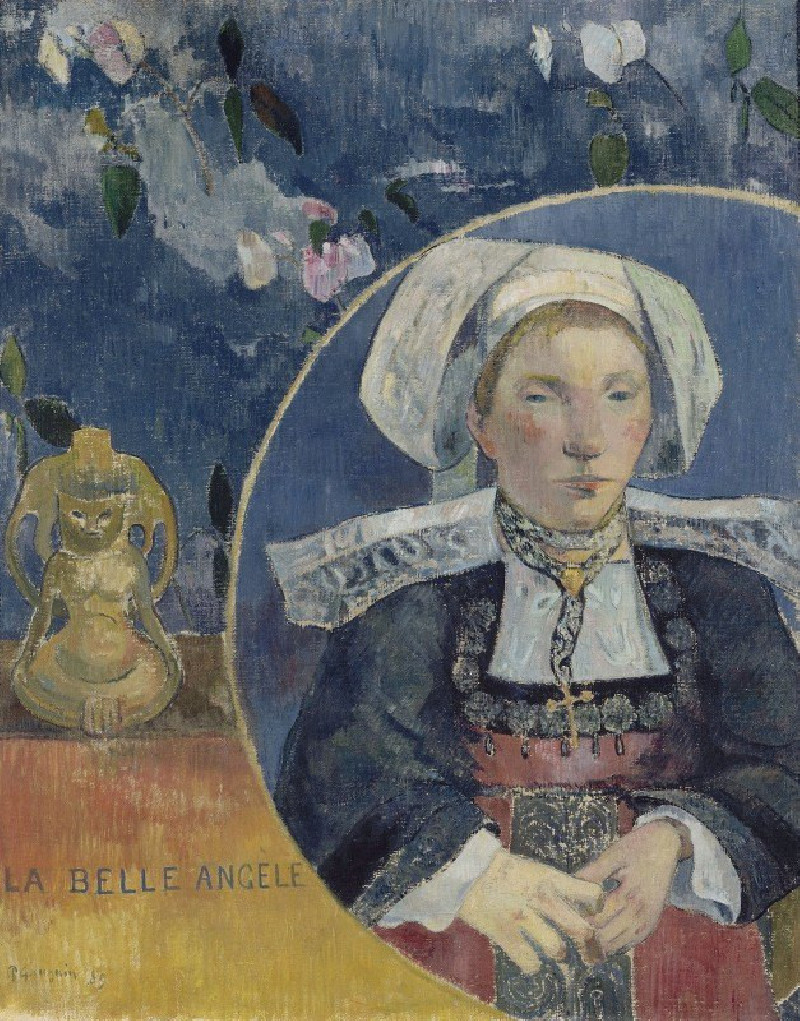
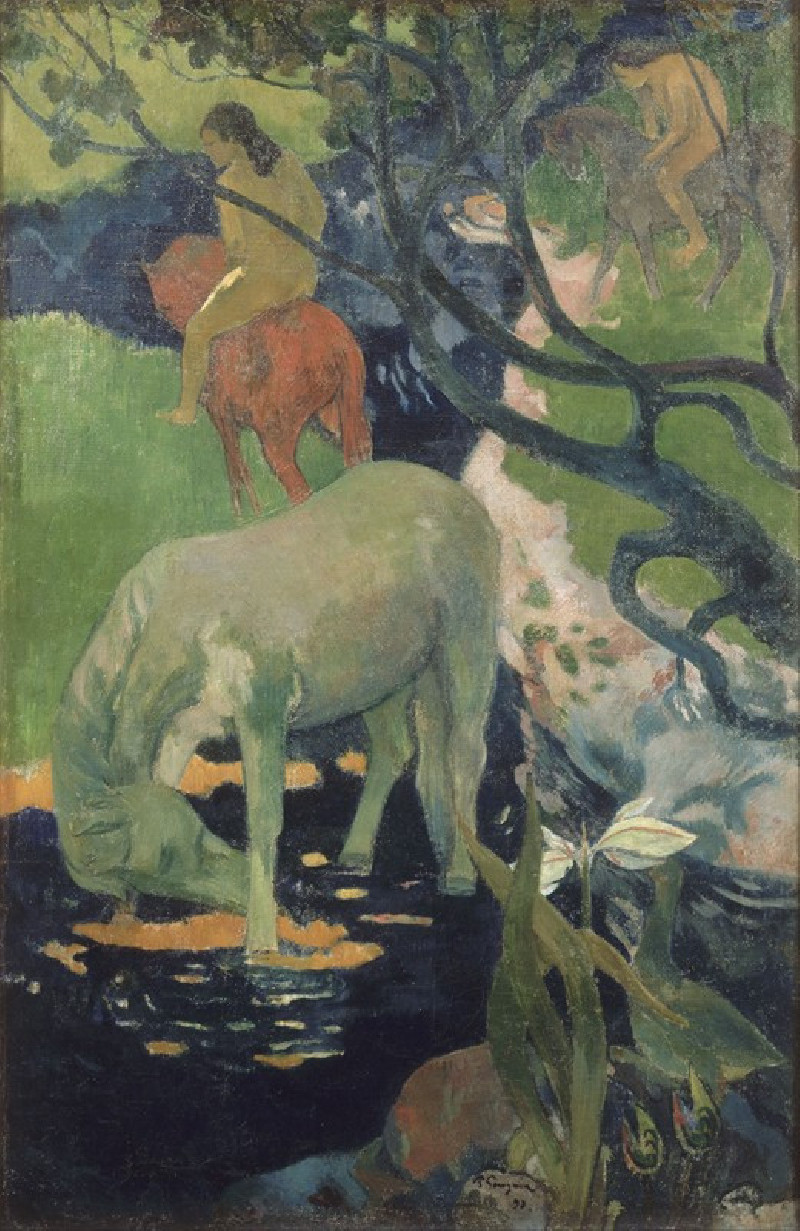
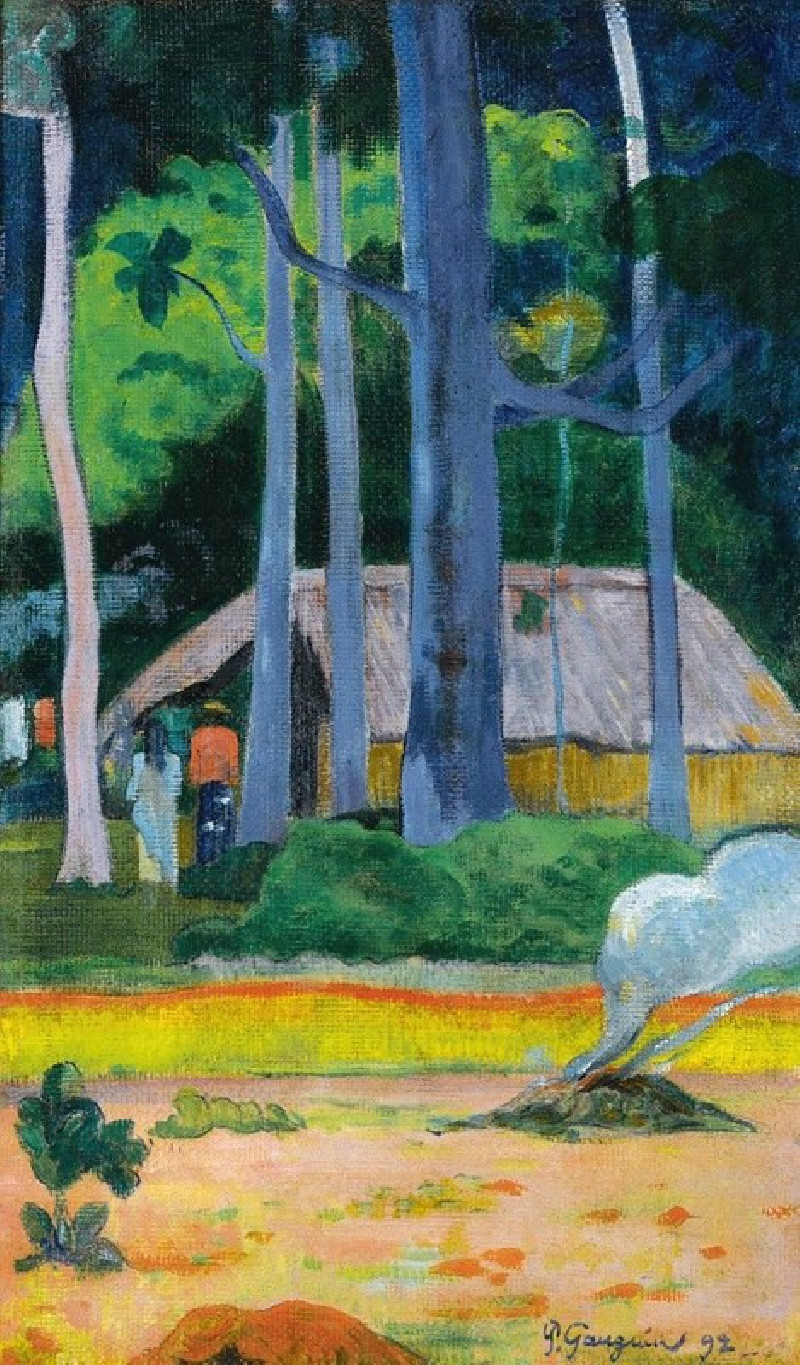


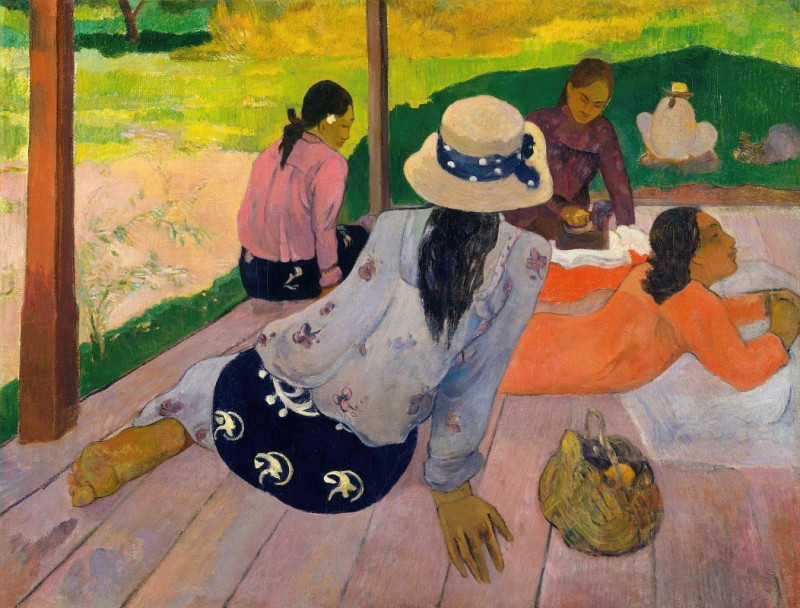
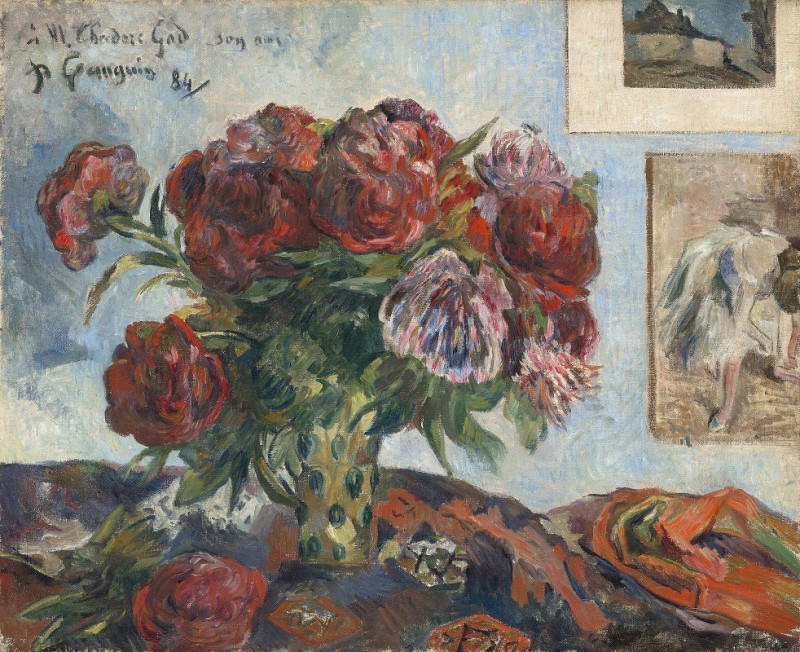

![Tombs of the Memlooks [Mamelukes], Cairo (1846-1849) reproduction of painting by David Roberts. ALL GICLEE PRINTS](https://reprodukcijos.lt/39102-large_default/reproduction-of-tombs-of-the-memlooks-mamelukes-cairo-1846-1849.jpg)
